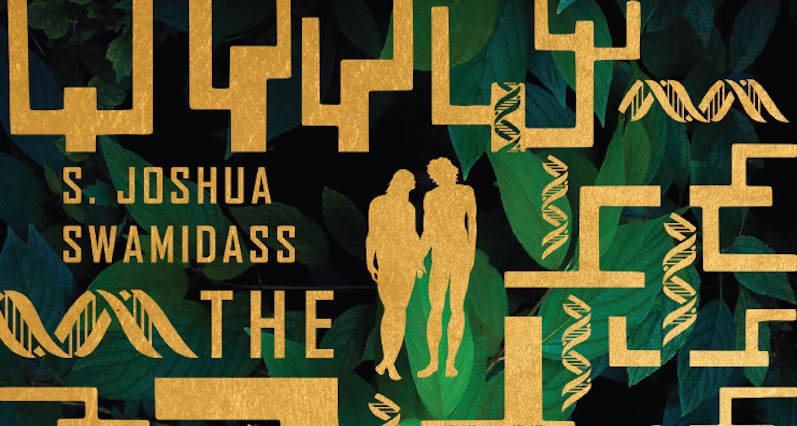An atheist, a Christian, and a Jew start talking about science and faith. This might seem like it is either the lead up to joke or the beginning of a fight. Instead, it was the setting of a meeting I attended last January where Dr. S. Joshua Swamidass gathered scientists and theologians of nearly every stripe to discuss his new book, The Genealogical Adam and Eve, from Intervarsity Press. Its argument, that there is no intrinsic contradiction between conventional evolutionary theory and belief in Adam and Eve as a couple specially created six thousand years ago. We met on the Washington University in St. Louis Medical School campus. I was easily the youngest in attendance, but I’ve also known Dr. Swamidass since I was a freshman at Wash U. We’ve collaborated on Veritas Forums and other events in the nearly seven years since then in addition to my having the pleasure of getting to know his wife and two boys.
Login to read more
Sign in or create a free account to access Subscriber-only content.
Topics:
